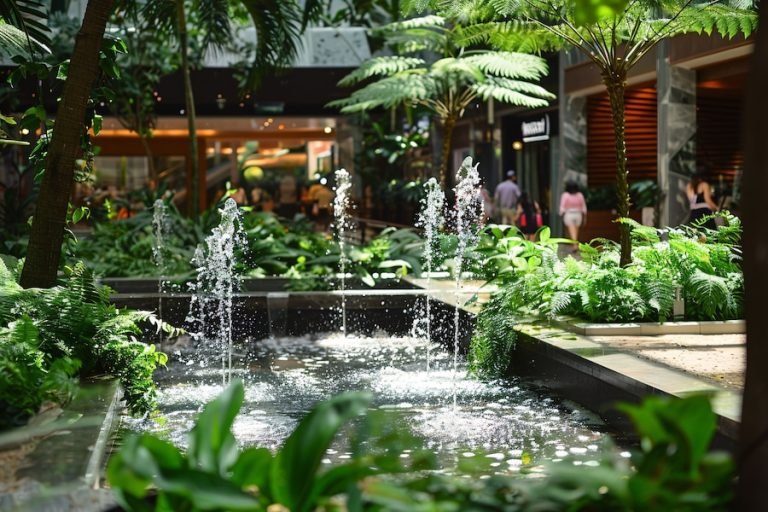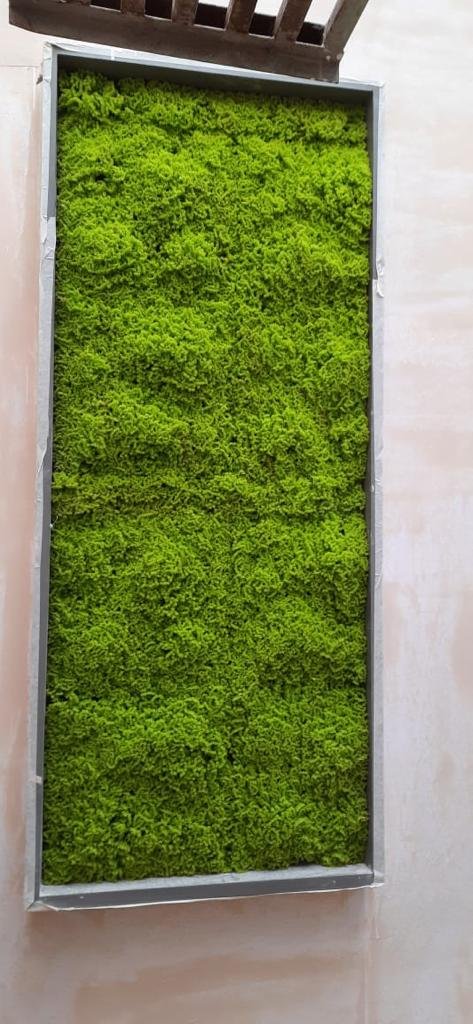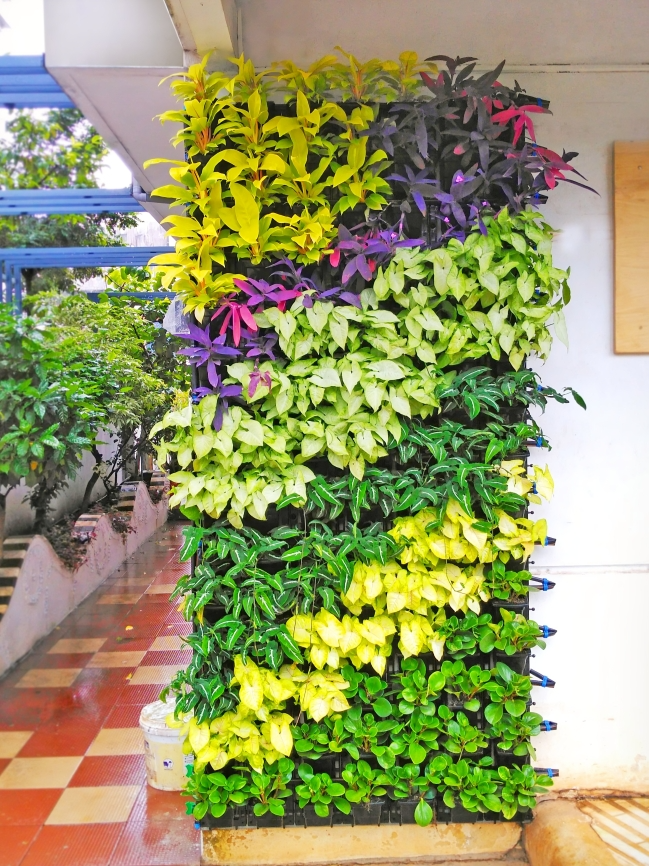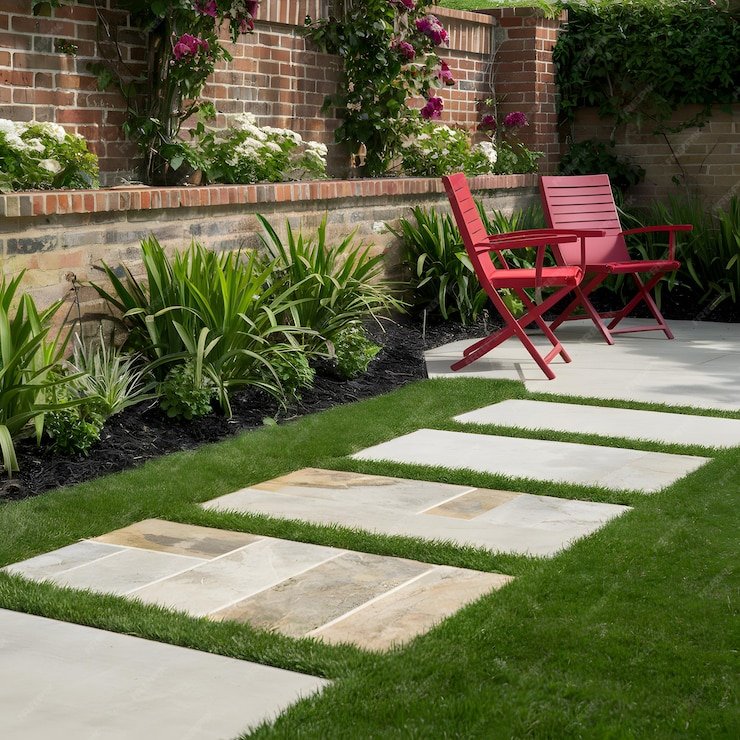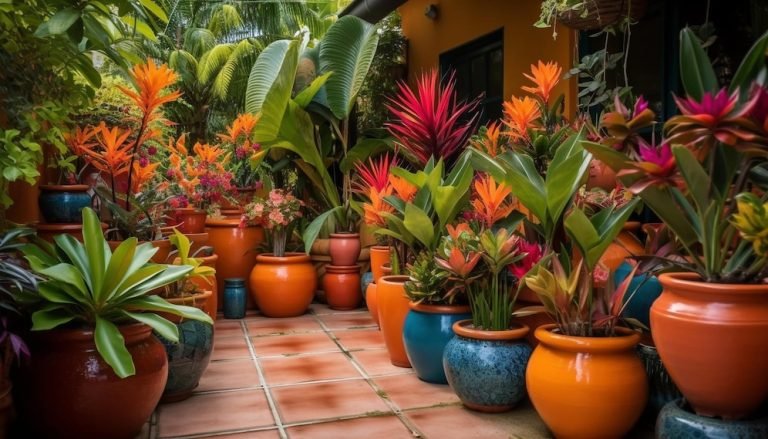Bringing Nature Indoors: The Benefits and Beauty of Interior Landscaping.
In the hustle and bustle of modern life, people are increasingly seeking ways to create serene and harmonious environments within their homes and workplaces. One such trend gaining popularity is interior landscaping – the art of bringing the outdoors inside. This practice not only adds aesthetic appeal to spaces but also contributes to the well-being of individuals. In this article, we’ll explore the concept of interior landscaping, its benefits, and how it can transform indoor spaces.
To Know More About It Please Click Here
The Concept of Interior Landscaping
Interior landscaping involves the strategic placement of plants, trees, and other natural elements within interior spaces. It goes beyond traditional potted plants and incorporates elements such as living walls, indoor gardens, and even small-scale ecosystems. The goal is to create a connection with nature and enhance the overall atmosphere of the space.
Benefits of Interior Landscaping
- Improved Air Quality: Plants act as natural air purifiers by absorbing toxins and releasing oxygen. The presence of indoor plants has been linked to a reduction in indoor air pollutants, promoting a healthier and cleaner environment.
- Enhanced Well-Being: Numerous studies have shown that exposure to nature, even in an indoor setting, can have positive effects on mental health. Interior landscaping provides a visual and sensory connection to nature, reducing stress, and anxiety, and promoting a sense of well-being.
- Increased Productivity: Incorporating greenery into workspaces has been shown to boost productivity and creativity. The visual appeal of plants and natural elements can create a more pleasant and inspiring atmosphere, leading to better concentration and problem-solving skills.
- Temperature and Humidity Regulation: Plants have a natural ability to regulate humidity levels and contribute to temperature control. This not only creates a more comfortable indoor environment but can also reduce energy consumption for heating and cooling.
- Aesthetically Pleasing: Interior landscaping adds a touch of natural beauty to indoor spaces. Whether it’s a small collection of potted plants, a vertical garden, or a unique arrangement of foliage, the visual appeal of greenery can transform the ambiance of any room.
Implementing Interior Landscaping
- Choose the Right Plants: Consider the specific conditions of the indoor space, such as lighting and temperature, when selecting plants. Low-maintenance and air-purifying plants like snake plants, pothos, and peace lilies are popular choices.
- Design Elements: Work with interior designers or landscape architects to create a layout that complements the existing decor and maximizes the benefits of interior landscaping. Living walls, hanging gardens, and indoor trees are some creative design elements to explore.
- Maintenance: Regular care is essential to ensure the longevity and health of indoor plants. Establish a maintenance routine for watering, pruning, and monitoring plant health. Consider factors like natural light availability and proper drainage.
To Know More About It Please Click Here
Conclusion
Interior landscaping is more than just a trend; it’s a movement towards creating healthier, more enjoyable living and working spaces. The benefits of bringing nature indoors extend beyond aesthetics, positively impacting our physical and mental well-being. As the popularity of interior landscaping continues to grow, it represents a harmonious blend of modern design and the timeless beauty of nature within our built environments.


